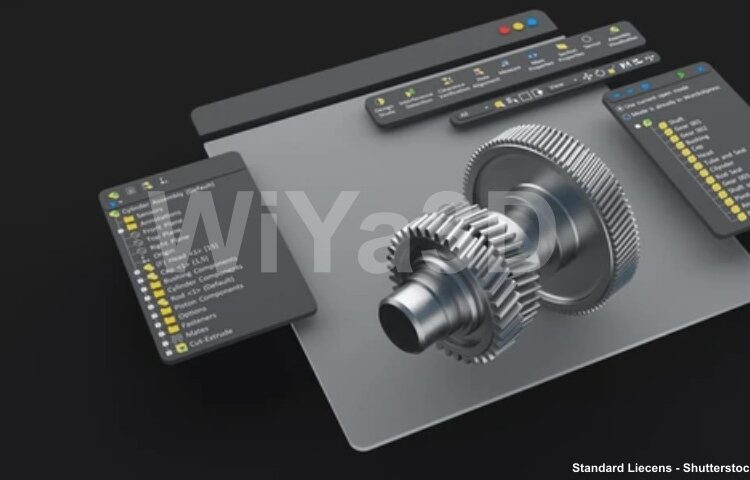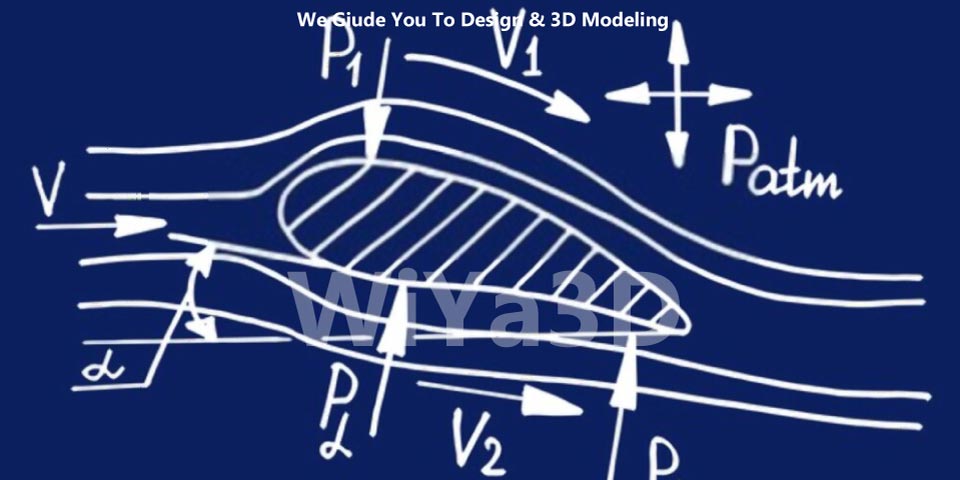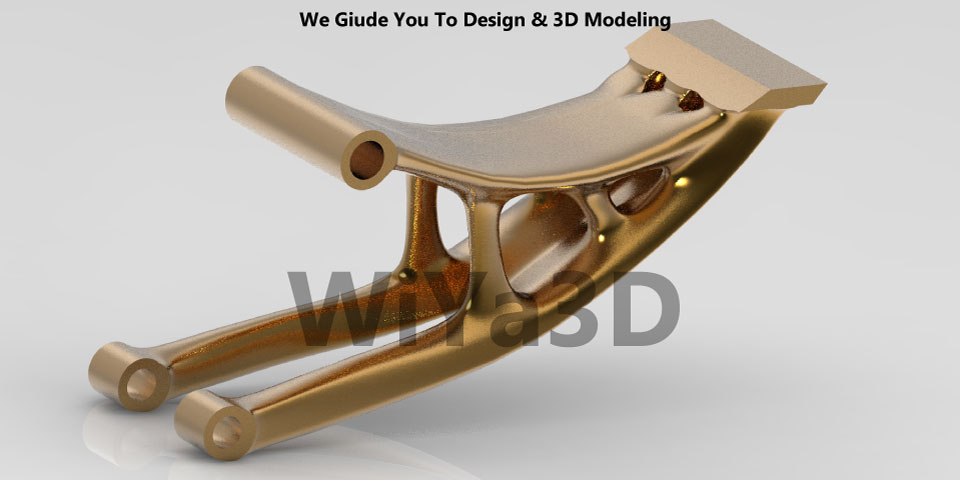Terms “parametric modeling” and “feature modeling” often arise when discussing CAD modeling techniques. Both are powerful approaches used by designers and engineers to create digital models of objects, but they serve different purposes and have unique characteristics. Understanding the differences between these techniques is key to choosing the right approach for your design needs. Let’s explore these two modeling methods and their roles in modern CAD software.
What is Parametric Modeling?
Parametric modeling is a technique in which the geometry of a model is defined by parameters. Parameters are attributes that can be adjusted, such as dimensions, shapes, and constraints, which automatically update and modify the model when they are changed.
-
Purpose: The primary goal of parametric modeling is to create flexible, adaptable designs that can be easily modified and optimized throughout the design process. This is especially useful for products that require frequent updates or need to be customized.
-
How it Works: In parametric modeling, dimensions and relationships between geometric entities (like lines, arcs, and surfaces) are defined with mathematical formulas and constraints. For example, changing the length of one side of a parametric model could automatically adjust other connected parts, maintaining the model’s integrity.
-
Applications: Commonly used in mechanical engineering, architecture, and product design, parametric modeling allows for rapid prototyping and iterative development. Software like SolidWorks, Autodesk Inventor, and CATIA are popular choices for parametric modeling.
What is Feature Modeling?
Feature modeling is another CAD technique where the design is built up using a sequence of features. Features are basic building blocks such as holes, fillets, bosses, and cuts that represent specific manufacturing operations or design intents.
-
Purpose: Feature modeling focuses on representing the functional aspects of a product. It allows designers to incorporate manufacturing processes directly into the design, ensuring that each feature is manufacturable and aligned with production methods.
-
How it Works: The model is constructed by adding or subtracting features, each representing a physical characteristic or a step in the manufacturing process. The history of features is maintained, enabling users to go back and edit earlier features, with later features adjusting accordingly.
-
Applications: Feature modeling is widely used in industries that require precise control over the manufacturing process, such as automotive, aerospace, and consumer electronics. It helps ensure that designs are not only aesthetically pleasing but also functional and manufacturable.
Key Differences Between Parametric and Feature Modeling
Design Approach
-
-
- Parametric Modeling emphasizes flexibility and adaptability, allowing for easy modifications through parameter changes.
- Feature Modeling is more focused on defining the step-by-step construction of a model, emphasizing the design’s functional and manufacturable aspects.
-
Ease of Modification
-
-
- Parametric Modeling allows for automatic updates across the entire model when parameters are adjusted, ideal for iterative design.
- Feature Modeling allows modifications by editing the sequence or properties of features, but changes may require more manual adjustments.
-
Level of Detail
-
-
- Parametric Modeling is ideal for high-level designs that require frequent changes and optimization.
- Feature Modeling provides more granular control over each detail of the design, ensuring every feature meets specific requirements.
-
CAD Software Modeling Techniques
Modern CAD software integrates both parametric and feature modeling techniques to provide a comprehensive set of tools for designers. Understanding the strengths of each approach can help you decide which technique to use based on your project needs.
-
Hybrid Modeling: Many CAD platforms offer a hybrid approach, combining parametric, feature-based, and direct modeling techniques. This allows for flexibility in design, enabling users to switch between methods depending on the stage of development or specific requirements.
-
Direct Modeling: Unlike parametric and feature modeling, direct modeling does not rely on a history tree of features or parameters. It allows users to manipulate geometry directly without constraints, offering a quick way to make changes but with less control over design intent.
Conclusion
Both parametric and feature modeling are valuable techniques in CAD software, each offering unique benefits. Parametric modeling provides flexibility and ease of modification, while feature modeling offers precise control over the functional and manufacturable aspects of a design. By understanding these differences and leveraging the right technique for your specific project, you can optimize your design process and achieve better results.







